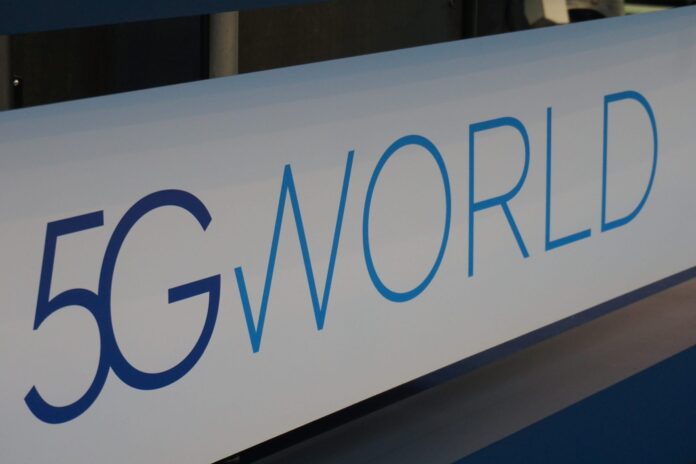Competition in the 5G space is heating up but the industry, gathered at 5G World in London this week, seems to agree on what 5G should achieve, at least technologically.
More than a technological shift
”5G is much more than technology” was a recurrent theme as the industry gathered around all things 5G at 5G World in London this week. Technologically, the industry is by and large in agreement on what future 5G networks should achieve: much higher speeds, ultra-reliability and low latency. It should make it possible to cope with the rapidly increasing IP traffic while enabling new types of applications, supporting in particular massive IoT usage. The first standard specifications will be released in 2018 and the first commercial deployments are expected around 2020. According to Nokia, commercial 5G could even become a reality before 2020.
5G will usher in a ”softwarization” of networks, prompting operators to transition from box-based to software-based networks. This technological shift will put pressure on operators to implement more agile, DevOps- and business-driven operational models. Operators that have implemented network functions virtualization (NFV) and software-defined networking (SDN) may well have a head-start here.
Searching for use cases
5G will be demand-driven. Vendors are competing to get their 5G or pre-5G technology implemented while operators are scratching their head to figure out new use cases. Mission-critical applications and the Internet of Things (IoT) have earlier on been identified as areas where many use cases will come from. But many players are now also saying that the first use case for 5G might well be mobile broadband, just as was the case with 4G. There, consumers might well be the strongest revenue generator, at least in the early days. In that respect, video and possibly virtual reality could be key drivers. Network slicing is furthermore hailed as the way forward to offer differentiated services. It might however require a new approach on net neutrality.
5G competition heating up
No trade show would be quite complete without its lot of news. Amidst mounting competition, Nokia demonstrated at 5G World a 5G-ready network, a world’s first according to the vendor. The solution takes advantage of Nokia’s proprietary AirScale Radio Access technology and includes its Cloud Packet Core running on an AirFrame data center platform.
In the meantime, ZTE, among other vendors, is pushing ahead on the so-called 5G New Radio, the upcoming standard for radio access, while promoting a pre-5G approach as a way of transitioning to 5G when it becomes available.

